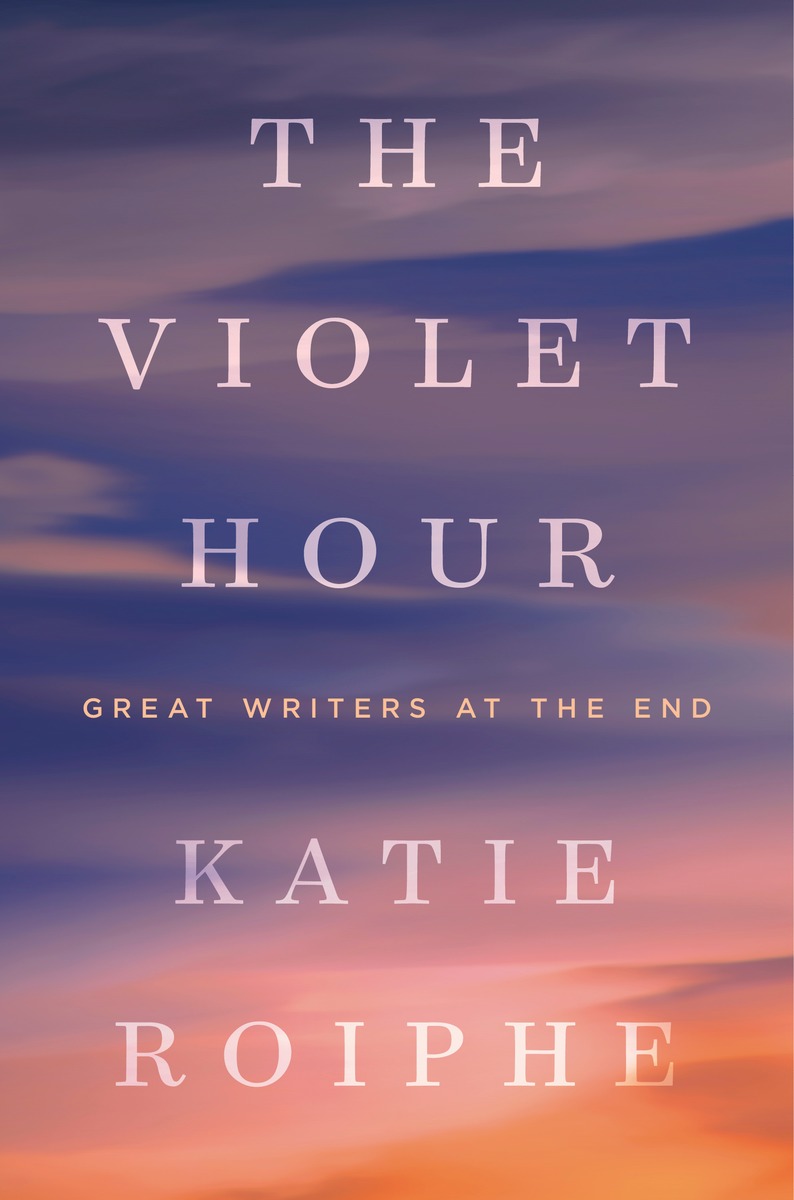
At a party, when someone worms out of me that I have spent the past seven years working on a book about writer’s deaths, they inevitably say: “God. Wasn’t that depressing?” But the strange thing is that it wasn’t depressing at all; it was, if anything, exhilarating.
I’ve been unnaturally interested in death since I was very young. I had serious lung problems when I was 12, and I thought I was going to die. In a taxi on the way to the hospital, I turned skim-milk blue and stopped breathing, and the driver had to carry me into the emergency room because my mother couldn’t lift me. I remember the feeling of forgetting how to breathe, and then the sweetness of the oxygen in the mask. Since that time, I have been thinking about the confrontation with death, specifically how one manages one’s fear of it, the panic of its approach.
I decided to pick a few madly articulate writers—including Susan Sontag, John Updike and Maurice Sendak—who might be able to put that confrontation into words and to study their deaths. I interviewed night nurses, sons, daughters, ex-wives, close friends and caretakers. I read letters and diary entries, and I studied doodles on drafts of manuscripts. I learned about the poems Updike scrawled in his last weeks on the back of a piece of scrap paper, a haircut that cheered Sontag up in the hospital, and how Dylan Thomas’s wife rolled on top of him in his hospital bed until the nurse told her she might smother him.
This work, for some reason, had the urgency of detective work, even though the crime was the fairly banal one of the universe deciding to end someone’s life. I had the feeling I was getting closer to something I needed, the fascination tamed slightly, the dragon fed.
The whole time I was doing this I had the impression that I was doing something slightly wrong, that I was blundering into some hushed and private space, intruding. I also had the feeling that I was talking about something no one wants to talk about. I heard that cocktail party voice in my head: “Why don’t you write about something more fun?”
Our cultural habit of pushing death out of sight, of not talking too much about it or dwelling on it, of cordoning it off in hospitals, offers us the very real possibility of going through most of our days without thinking about it. It is shut off, denied. There is a taboo surrounding the body in its last hours. It is something we are supposed to look away from; even our language looks away, euphemizes, prettifies. “He passed,” we say like he was walking the other way down a hallway. “He passed away.”
Sendak wrote a letter to a friend about visiting a dying family friend. He was dreading the visit, worried it would be devastating to him and his parents, scared of being so near death, but when he finally looked into the face of the woman who was dying, it was strangely resplendent. In a way, the simple of act of looking at something you are terrified of, really looking at it, frees you.
That is the experience I had recording deaths, writing intimate portraits of writers in extremis. I was looking at something that terrified me, and I was less afraid.
Sendak had a dream in the hospital when he was very near death. In his life he hated snow; he called it “white death,” and was inexplicably frightened of it, worrying that the roof would fall in, that it would somehow prevent him from getting to the hospital if he needed to. And he hated Christmas; as a Jew from immigrant Bensonhurst, he viewed it as a sign of everything he was excluded from. But in this dream someone he loved was lying on a divan in front of a giant backdrop, like a backdrop in a theater. The backdrop was a painting of a snowy Dickensian Christmas scene, with horse-drawn carriages. He told the woman in the dream that this was the most radiant and comforting dream. Even though by this point, he couldn’t hold a brush or pen, he dreamed in paintings, his mind still producing art. Through the sheer crazy force of his imagination, he transformed the terror and rage (snow, Christmas, death) into something beautiful and consoling.
Later I was telling this to the novelist James Salter, who liked this story as much as I did. He said, “We make our own comfort.” These are words I was looking for as I was working on the book but couldn’t quite get to. We make our own comfort.
More Must-Reads from TIME
- Where Trump 2.0 Will Differ From 1.0
- How Elon Musk Became a Kingmaker
- The Power—And Limits—of Peer Support
- The 100 Must-Read Books of 2024
- Column: If Optimism Feels Ridiculous Now, Try Hope
- The Future of Climate Action Is Trade Policy
- FX’s Say Nothing Is the Must-Watch Political Thriller of 2024
- Merle Bombardieri Is Helping People Make the Baby Decision
Contact us at letters@time.com